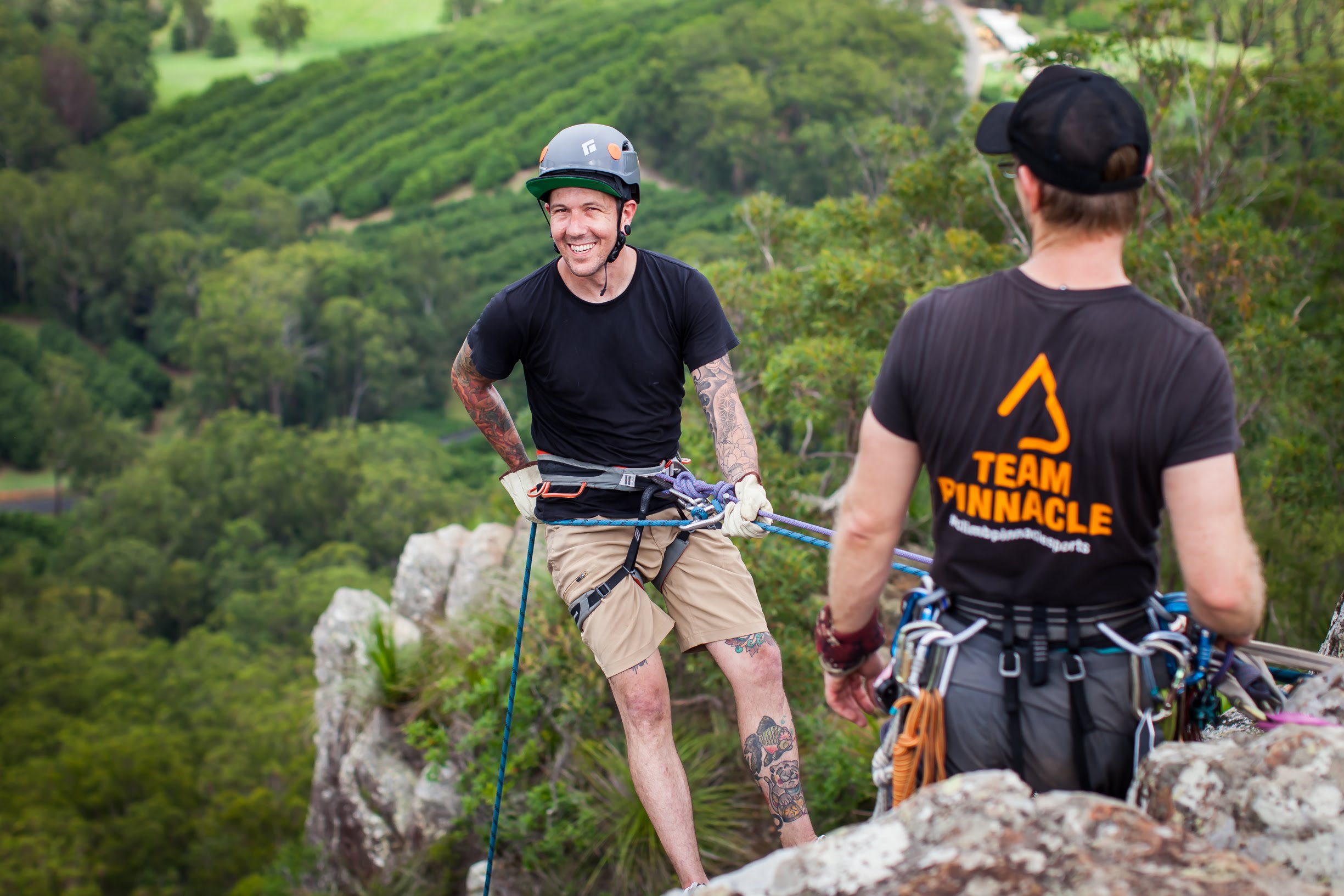Written by Pinnacle Ambassador Lucy Stirling.
A Recipe to Recovery
30th June 2020, just over 3 months ago I took a ground fall from about 5m while climbing outdoors after a rock broke. It was a freak accident and the fact that I managed to come away with only a fractured and slightly displaced sacrum is very lucky.
3 months later and I’m feeling stronger and more psyched than ever, and after 2 weeks back on rock I’ve just managed to tick off one of my long-term projects “Evel Knievel” at Mt Coolum (editor's note: since writing this piece, Lucy has also sent "Evil Wears No Pants (30) at Mt Coolum). I’m not fishing for compliments, but honestly hope to inspire and educate people in the real reasons I have been able to come back from an injury feeling stronger and with more psych and motivation than before. I have had a huge amount of support through this time but one of the key elements of this comeback has been treating myself seriously and valuing my health and recovery over everything else.
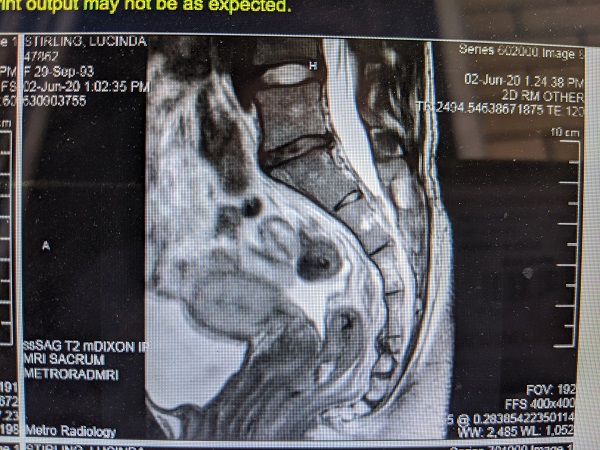
Ingredients:
- Treat yourself seriously, value your health
- Mental health
- Physiotherapy and Pilates rehab
- Nutrition
- Shifting focus to what you can do
- Set visual goals and a timeline
- Support
Mental Health
Injuries can be a bit of an emotional rollercoaster. It’s another drastic and unexpected change, which seems to be a common theme in this crazy year. Change and adversity is difficult by definition but if we can shift our perspective, sometimes we begin to see some positives. After the accident, I immediately reached out to my sports psychologist and together we worked through the highs and lows.
What I found interesting was that in the first few weeks after the injury, despite the initial shock, I actually felt in the best place mentally than I had been for a while. It was like life had just brutally slapped me in the face and yelled at me to be grateful for everything I have, to even be alive and walking. “You of all people should know this, but go on Lucy, take this as a gift and as a reminder of how fragile your life and health really is.”
I was of course desperately nervous to find out the recovery time and worried about what impact the injury would have on my training and preparation for the Olympic Qualifying event in December. What had shifted however, was how I valued my own health as if I had just been given a valuable gift and my recovery would come first above all else. I needed to give my body the respect and time it needed to heal.
Another important element I worked on was accepting the feelings of regret and frustration that came unexpectedly a month or so after the accident and all the shock of it had worn off. I had to focus on allowing myself the time to have these thoughts and feelings and to not feel guilty about them. Allow the emotions to have their place and then find and focus on all the positives.
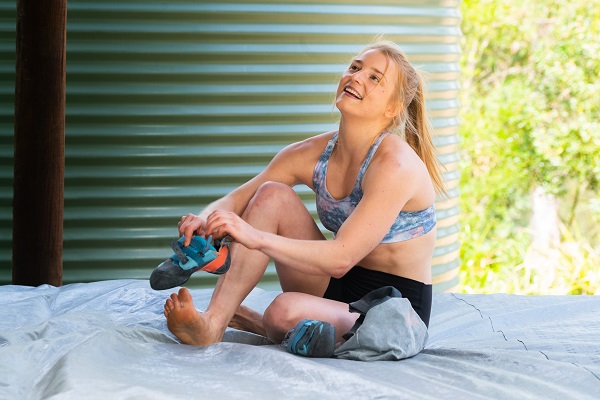
Photo by Matt Martin
Once I shifted my perspective I realized that if my recovery went to plan, the positives could somehow outweigh the negatives. This would give me time to recover from elbow tendonitis. The relatively short recovery time (12 weeks) would mean I still have plenty of time to train for the Olympic Qualifiers. I could still go for walks and train my upper body strength. I would also now have time to focus on my study and spend more time with my family.
Physio
Seeing a qualified physiotherapist was crucial in my recovery process. I am grateful to have an amazing physio and pilates sponsor at Revive, but I can’t emphasize enough how this would be my first investment had I not this luxury already.
Together, we created a recovery timeline and discussed exercises I could do while resting my lower body. As my sacrum began to heal we did regular pilates rehab and a range of physio techniques to ensure the muscles surrounding and connecting to the sacrum were in the best condition to assist the healing process.
In this time we also focused on correcting some imbalances in my triceps, shoulders and back that I had overlooked in my regular full time training program.
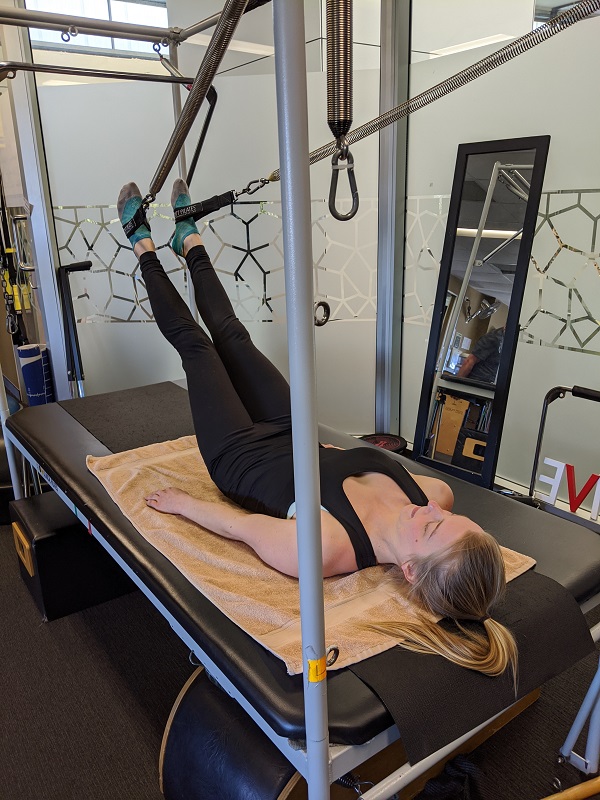
Nutrition
My body is used to exercise in some form every single day. I rarely go a day without sweating unless I’m sick, so I was a little nervous about how my body would react with this new sedentary lifestyle. I decided not to listen to the negative thoughts around increased fat or loss of muscle and instead focused on providing my body with the nutrients it required for healing. I checked in with my dietician and increased my calcium intake, which needed to be done anyway, and focused on nutritious meals to keep me happy and nutritionally balanced. My body has reacted in the best way possible and with less atrophy than expected because of my balanced diet.
Setting Visual Goals
Grabbing my whiteboard, I sat down and wrote out my recovery timeline with 12 weeks to cross off every Saturday. Each week was exciting as I had a new area of training I could focus on and was one step closer to climbing again. Down the side I wrote down goals completely separate to climbing, providing me with a productive distraction and the chance to make use of this new gift of time. I turned my obsession and perfectionism from my training into my studies. I’m incredibly happy that I finished my Cert III in fitness during that time, which not only educated me in an area very relevant to my training but also was a change of focus I desperately needed.
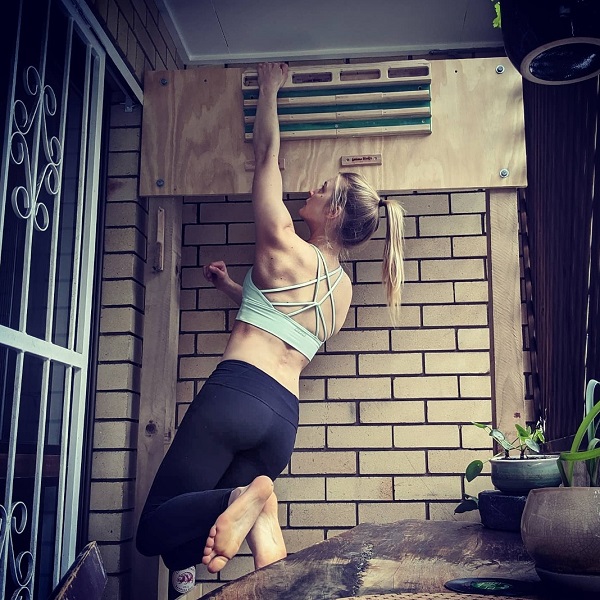
Support
I am lucky to be surrounded by amazingly caring and positive people. Reaching out to my partner Alex, my family and close friends for emotional support and just spending time with them, not only helped me stay positive, but is also a constant reminder of what really matters in life.
None of us know what’s around the corner, but whatever the change for better or worse, at least we have the support to get through it all together. Knowing this makes taking on new challenges exciting and I am so psyched for the journey ahead.
Looking for more great reads? Subscribe to our newsletter to stay up to date with the latest climbing tech, crag recommendations and upcoming events.

